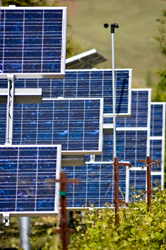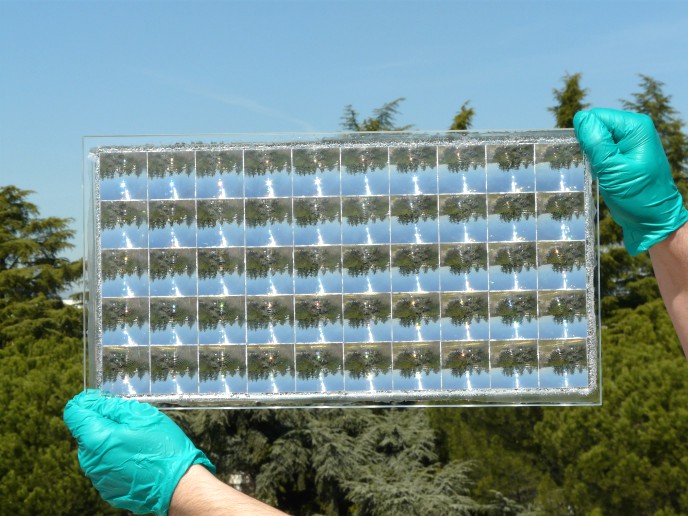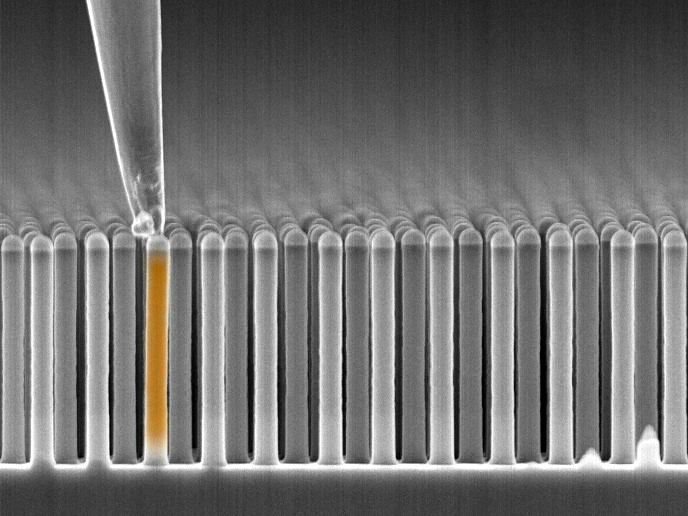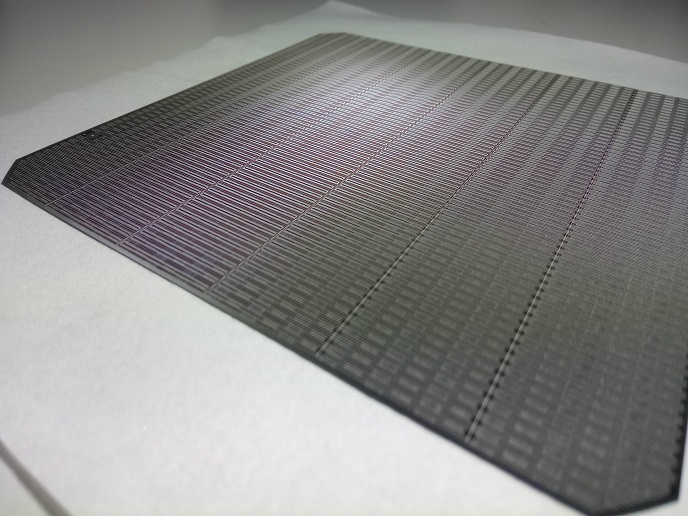Increasing solar cell efficiency with silicon nitride
The solar cell industry has experienced significant growth in recent years. Looking to provide an advantage to European producers, the Energy, Environment and Sustainable Development Programme supported a three-year R&D project aimed at increasing cell efficiency. The Institut fuer Solarenergie Forschung (ISFH), a German partner in the INDHI project consortium, was called upon to determine the robustness of silicon nitride (SiNx) layers. Laboratory measurements of the INDHI prototype revealed excellent results for the bulk lifetime parameter. In addition, optimal surface passivation was achieved during contact firing with the aid of floating zone silicon (FZSi). The next phase of the research involved extending the new SiNx technology from a prototype to industrial scale production. ISFH collaborated with fellow INDHI partners EniTecnologie and the Italian National Agency for New Technologies, Energy and the Environment to produce a batch of 24 wafers. The result was an efficiency rating of 15.1%. A second production run was performed with the Universitaet Konstanz, who introduced a short circuit current that helped boost the efficiency to 15.9%. ISFH subsequently subjected the new SiNx wafers to significant doses of ultraviolet radiation to ensure reliability in the field. Further tests revealed that surface passivation and other critical wafer properties were preserved during the move from the laboratory to an industrial production set-up. ISFH and its INDHI partners are following up on these promising results.







